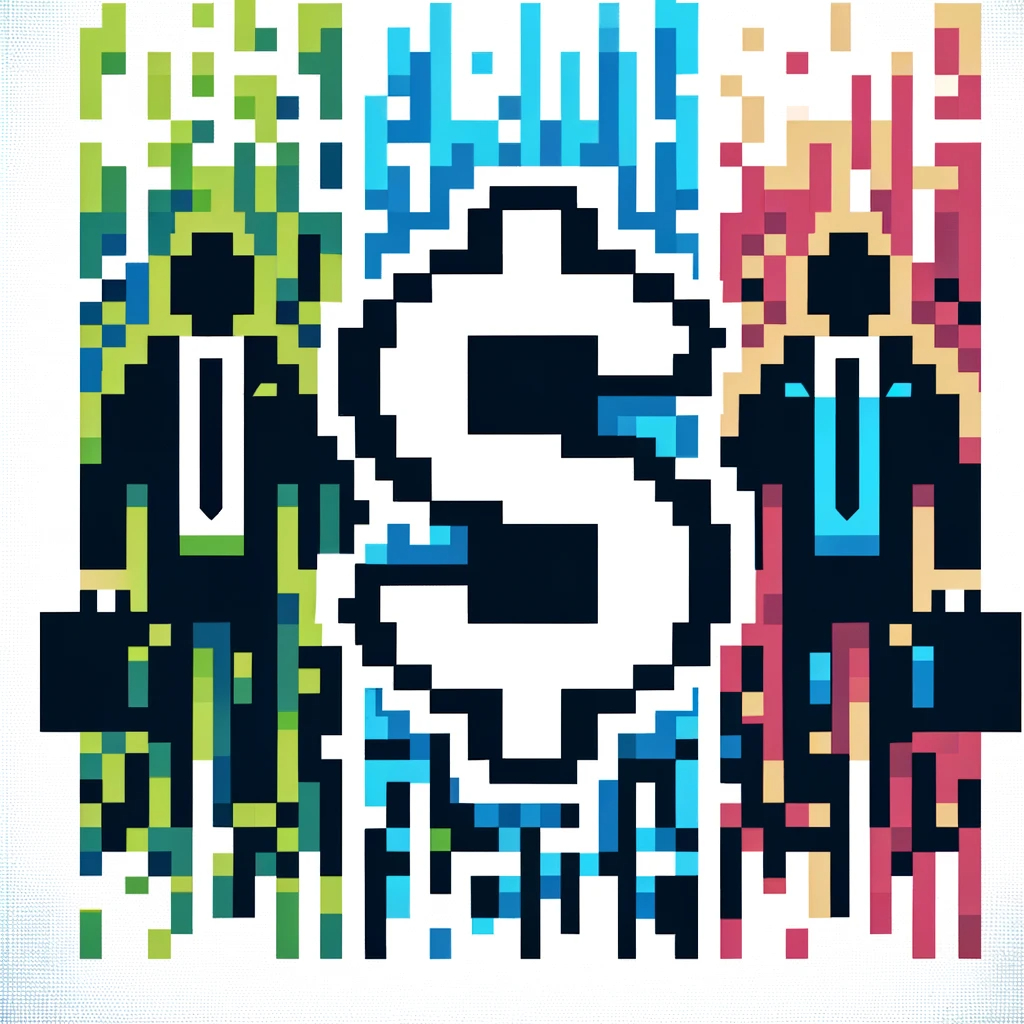How Reinforcement Learning Enhances American Put Option Hedging Strategies
by
October 29th, 2024
Audio Presented by
 byEconomic Hedging Technology@hedging
byEconomic Hedging Technology@hedgingEconomic Hedging Technology is building an international and open source community dedicated to limiting economic risk.
Story's Credibility

About Author
Economic Hedging Technology is building an international and open source community dedicated to limiting economic risk.